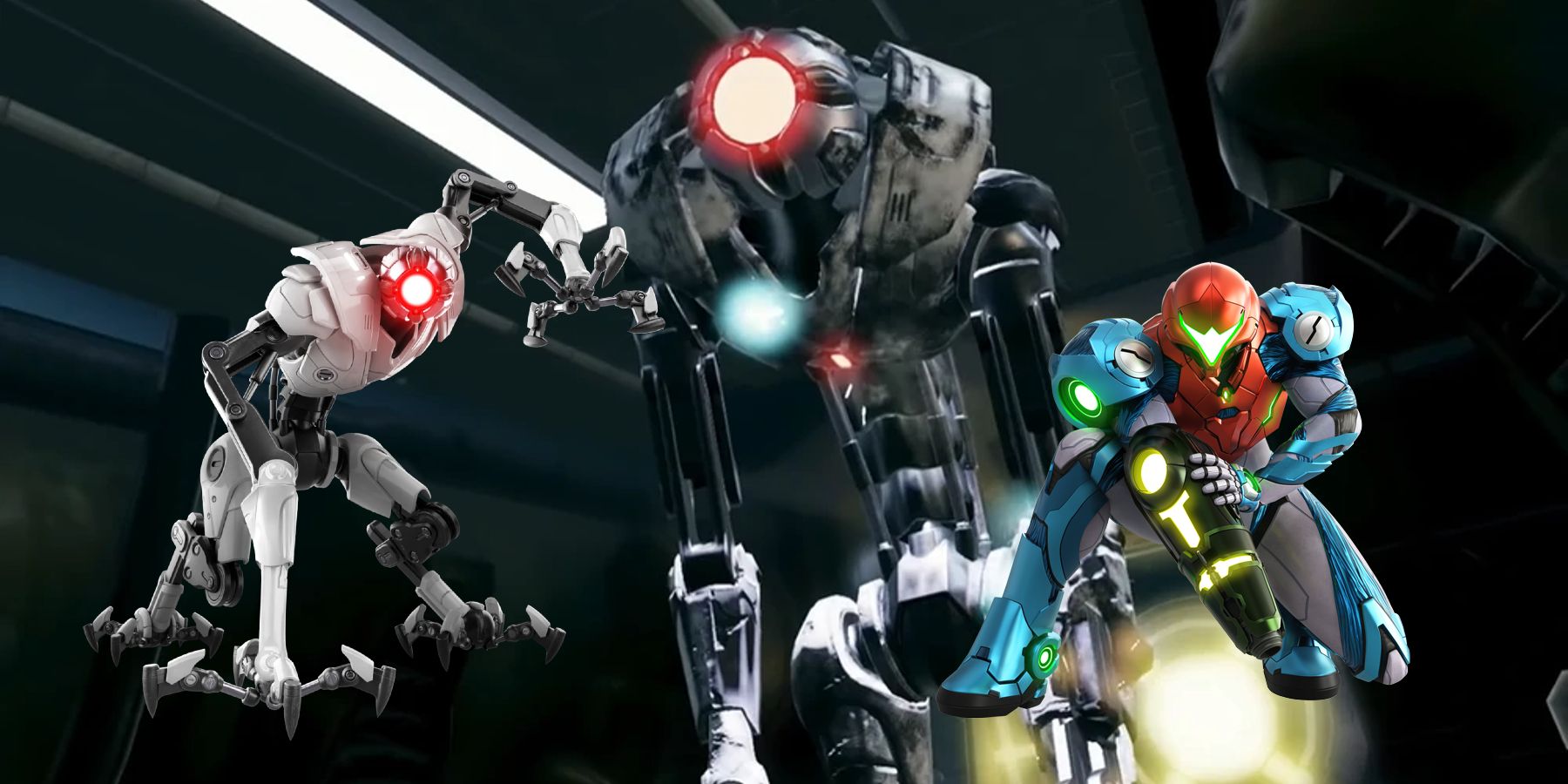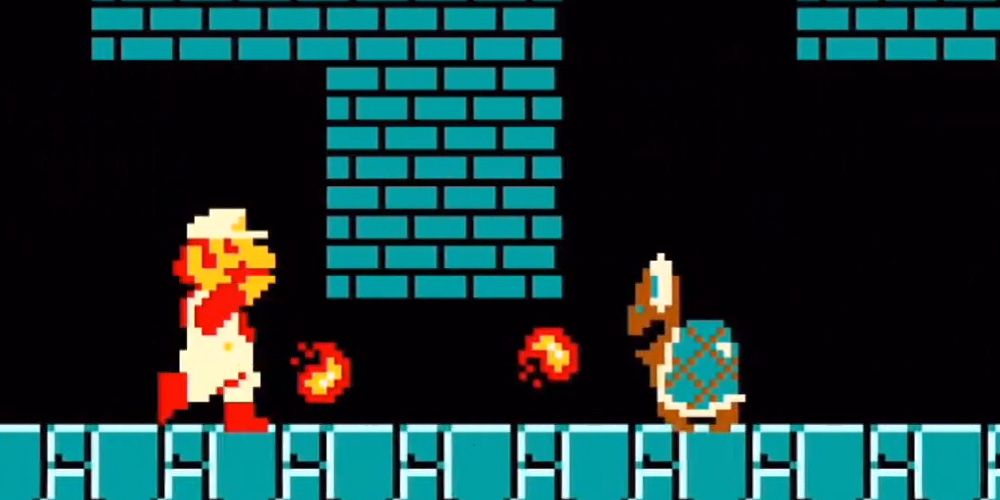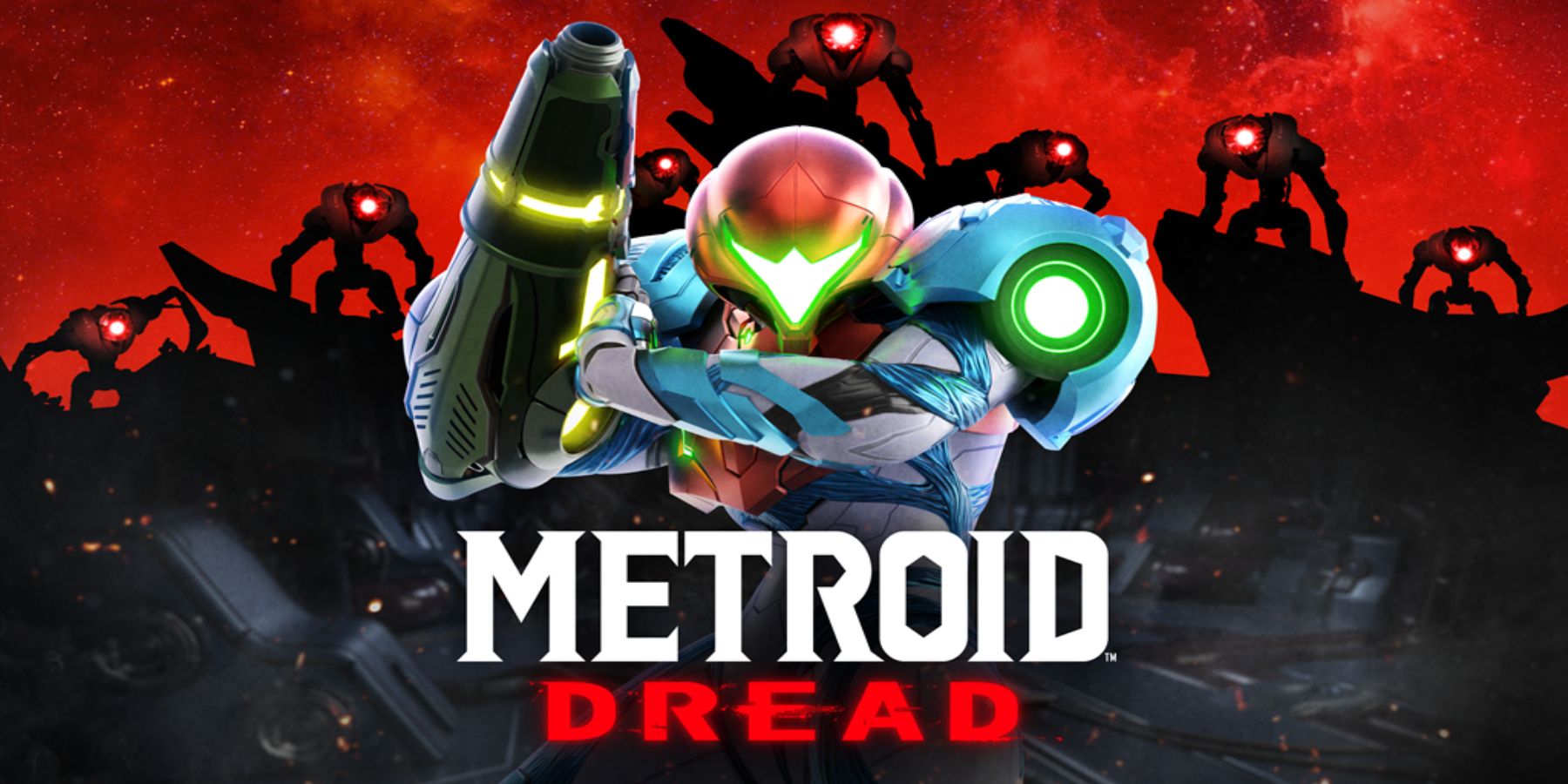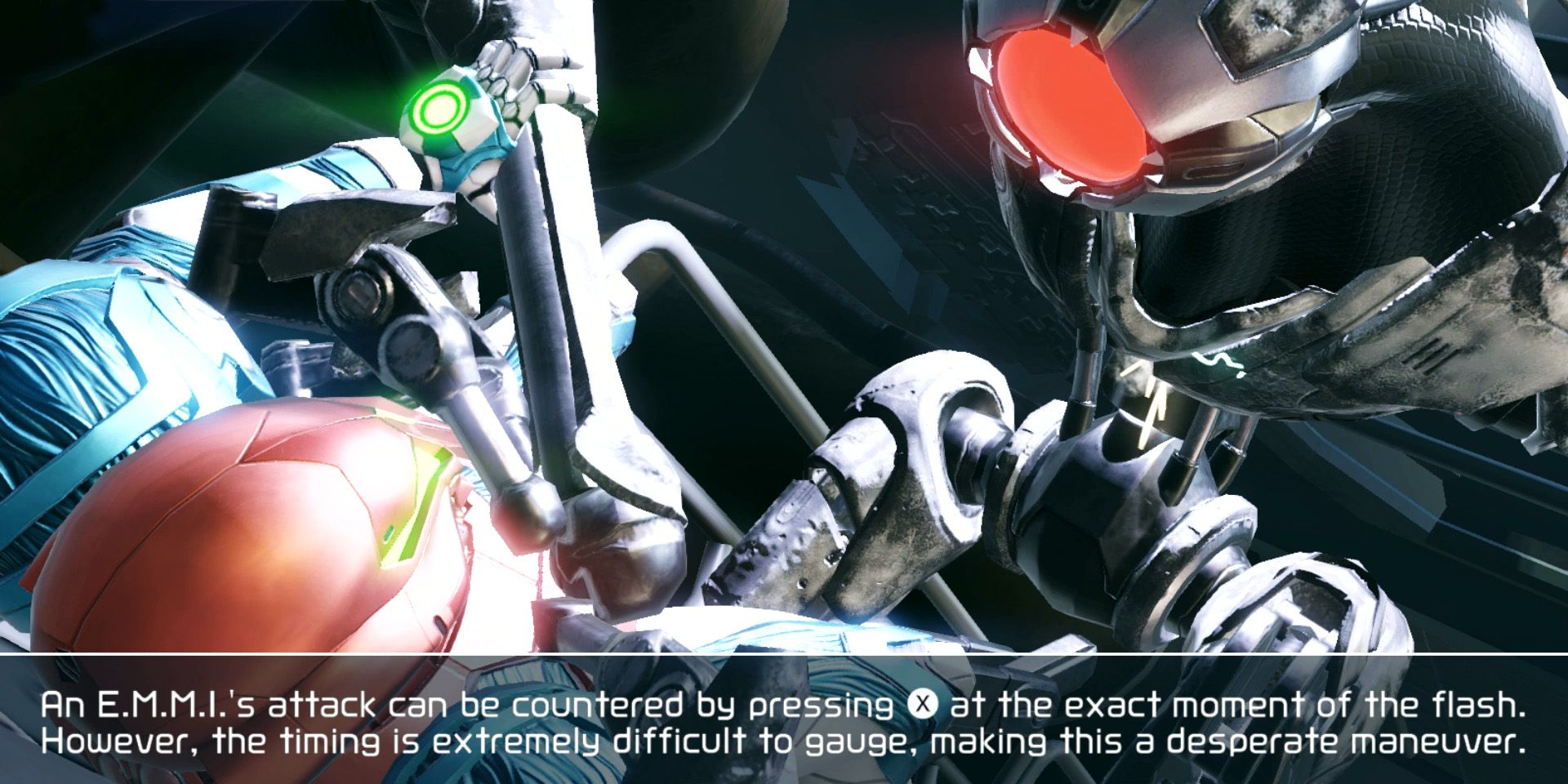Nearly 19 years after the release of Metroid Fusion on Game Boy Advance, fans of the franchise finally got their hands on Metroid Dread. As the official "Metroid 5," the game concludes an overarching narrative set in motion by the original NES title in 1986. At the same time, it releases following the proliferation of "metroidvania" games partially inspired by its predecessors. Despite this pressure to perform, Metroid Dread has impressed, boasting an 88 on Metacritic via 58 critic reviews as of this writing.
Developer MercurySteam has certainly proven itself to be a worthy successor to Nintendo with regards to 2D Metroid games, first creating Metroid: Samus Returns on 3DS and now Dread. In the newest game, arguably its biggest success is living up to the title via the introduction of the E.M.M.I.: the Galactic Federation's DNA-extracting and research machines that go rogue while investigating Planet ZDR. However, the dread of these encounters is somewhat watered down by a seeming over adherence to one Nintendo staple.
How Nintendo Introduces Mechanics
Nintendo is a family-friendly company and its games are rarely considered "difficult." There is a range to its IP, with Kirby being far easier than Metroid on average, but for the most part Nintendo games won't be roped in with something like Dark Souls - as much as its difficulty has become a joke online. This isn't an inherently bad thing, in fact Nintendo is often lauded for standardizing the kind of game design that teaches players how to learn a mechanic and thrive.
Nearly every franchise under its umbrella takes advantage of ramping-up difficulty. For example, in a Super Mario game, players will encounter a standalone Goomba to jump over before increasingly more complex variations are introduced. In dungeon-driven The Legend of Zelda games, players learn to use their newly acquired items in isolated situations before then having to use that item under new constraints - perhaps under attack or in a dark room.
This formula has worked for decades, creating a sort of "learning curve" that can apply to nearly any mechanic. It's a big reason why so many Nintendo games are iconic; why a game like Super Mario Bros. can teach prospective developers a lot of game design tenets. Metroid Dread's E.M.M.I. make use of this idea, but it may not be to their benefit.
Metroid Dread's First E.M.M.I. Sets the Wrong Tone
Seven E.M.M.I. were dispatched to Planet ZDR, and Metroid Dread doesn't let players forget it. Every time they open the global map, a counter indicates how many remain; not unlike the Metroid detector in Metroid 2 and its remake Samus Returns. Each robot patrols a different zone throughout the planet and embodies a classic Metroid ability demarcated by color. Encountering an E.M.M.I. is like solving a puzzle, figuring out the best way to quickly navigate an unfamiliar space at risk of near-imminent demise if caught.
MercurySteam succeeds in making these encounters tense. The E.M.M.I. are unsettling, chirping as they search for sound waves to investigate while contorting their bodies to climb everywhere like Regan in The Exorcist. Their environments are maze-like, hard to parse and empty of all other life. Samus is likely to get caught her first time in any E.M.M.I. Zone, leading to a wild sprint toward freedom at the end of a grainy labyrinth, so these antagonists create a strong impression that often exceeds the SA-X hunting segments of Fusion.
However, the exhillarating difficulty of encountering and escaping the E.M.M.I. is not conveyed right away. Instead Samus first encounters the damaged E.M.M.I.-01P in Planet ZDR's Artaria soon after the game starts. It serves as a tutorial of sorts, giving players an easy first shot at countering the E.M.M.I.'s universal one-hit kill attacks with a foe too broken to really pursue Samus like its comrades.
This wouldn't be so bad if not for the fact it also leads into a tutorial on the Omega Cannon: Samus' unique limited-time upgrade for Dread that is the only power strong enough to destroy the E.M.M.I. Giving players access to their first taste of Omega power at this stage takes a lot of bite out of the nigh-invincible killing machines sold in Metroid Dread's marketing. The threat would be more effective if players got to encounter a seemingly helpless situation first, escaping an adept E.M.M.I. before learning of their weakness. Instead, future chases may be terrifying, but they're always framed as surviving long enough to win rather than just surviving.
It's arguably good design for Metroid Dread to give players a clear goal by ramping E.M.M.I. difficulty up slowly, and the game is no easier just because players know an Omega Cannon is at the other end of an encounter. However, its tutorialization comes just a bit too early, and may have preserved Dread's palpable atmosphere longer if MercurySteam held its cards closer to the chest.
Metroid Dread is available now on Nintendo Switch.




